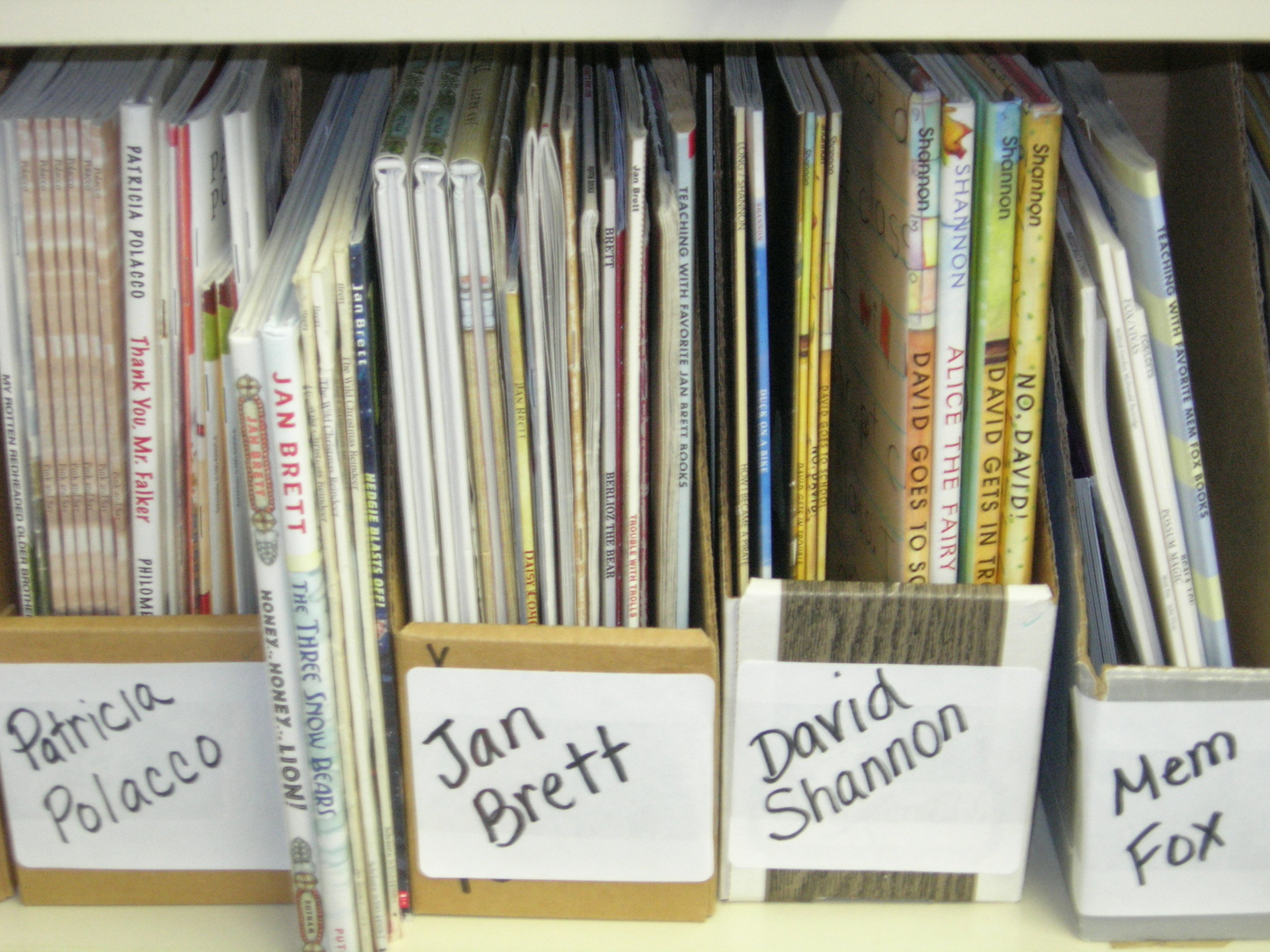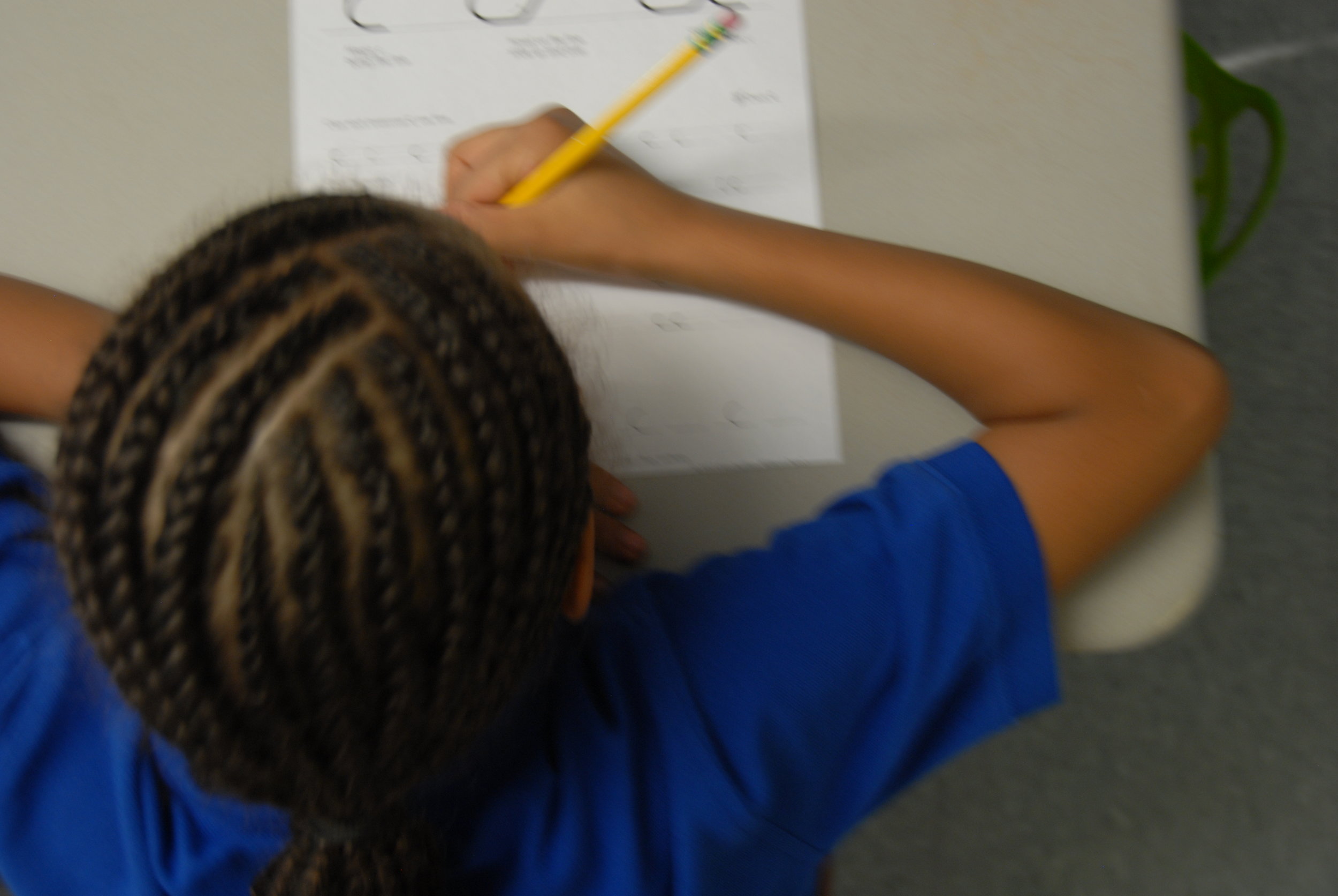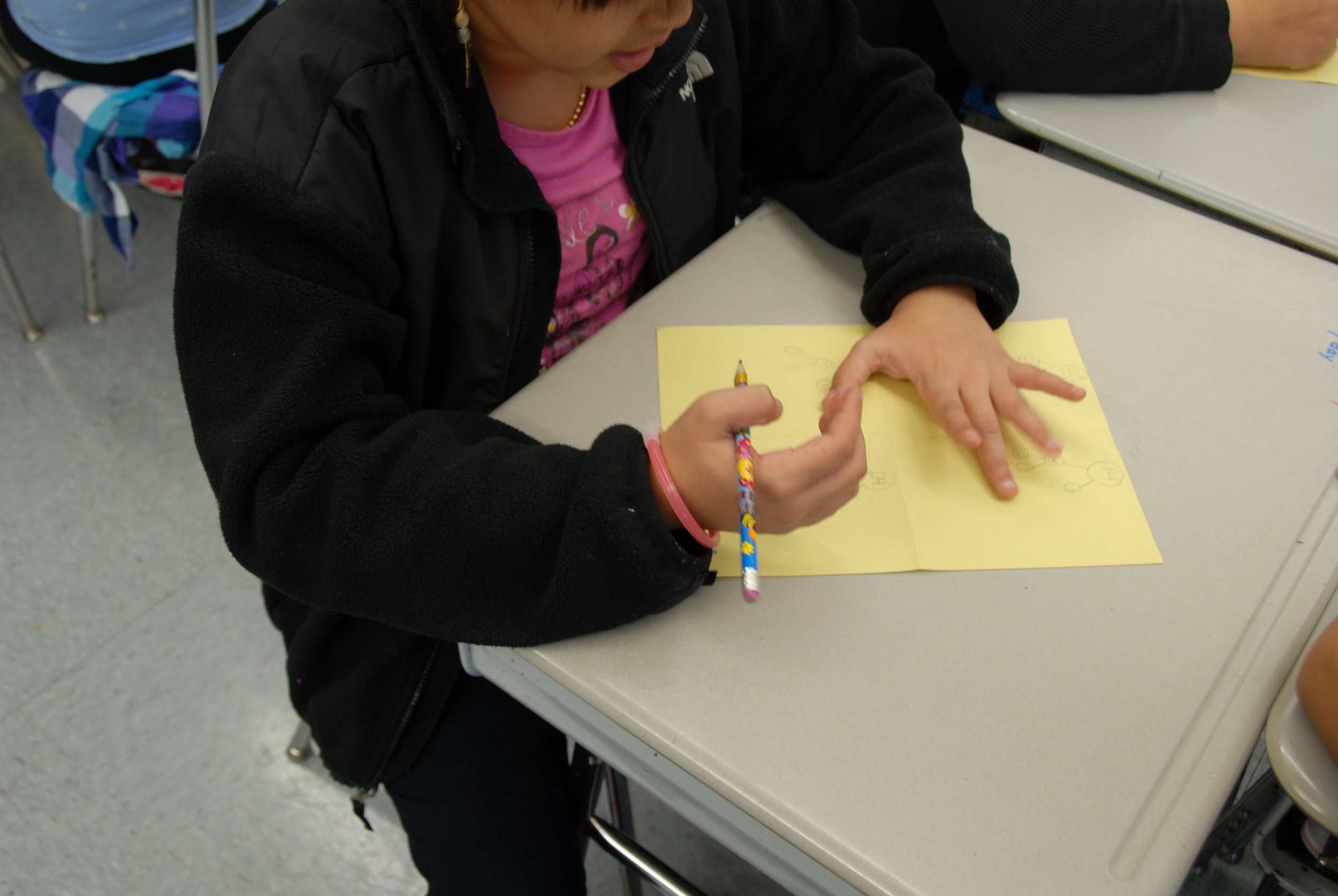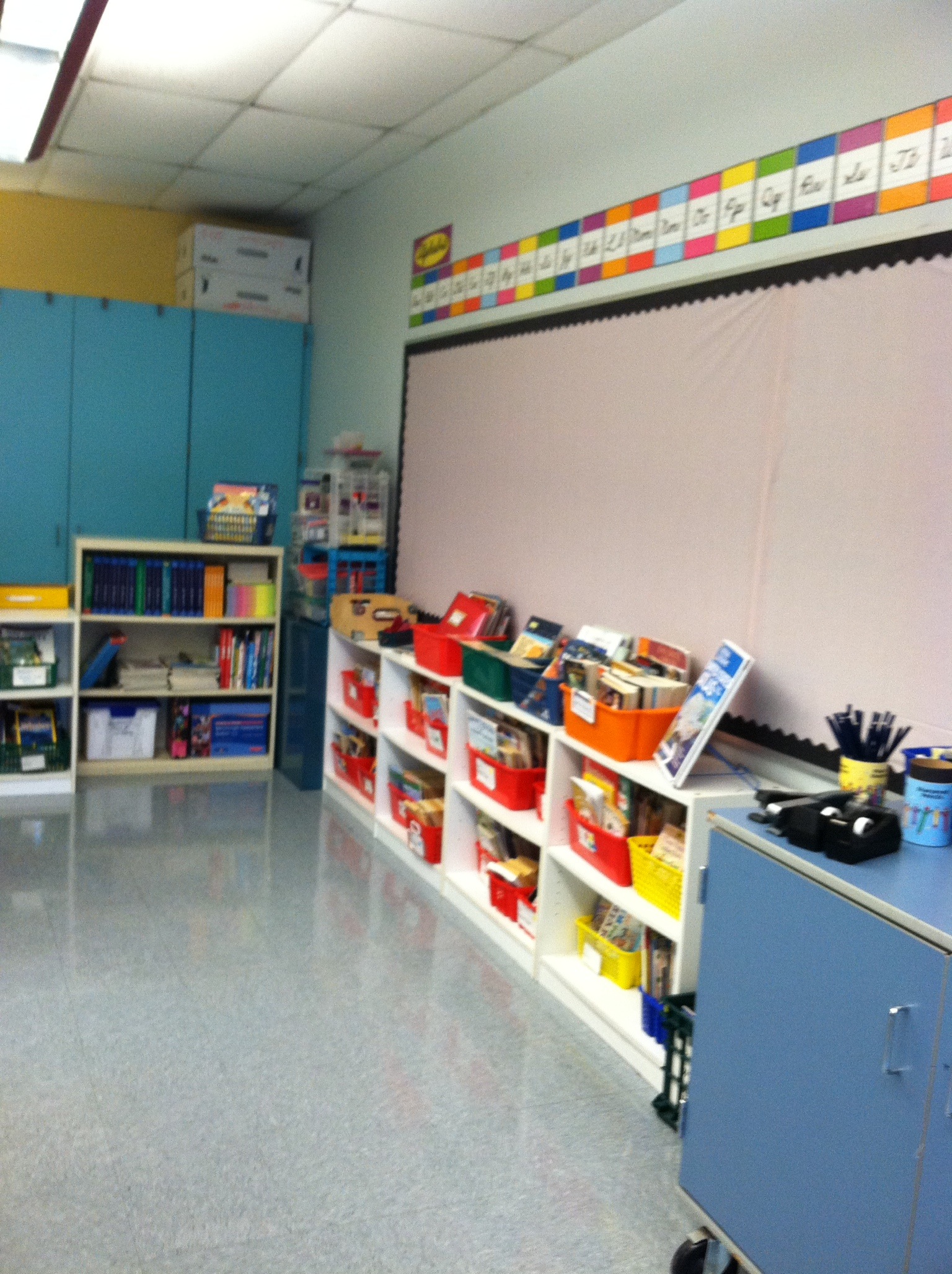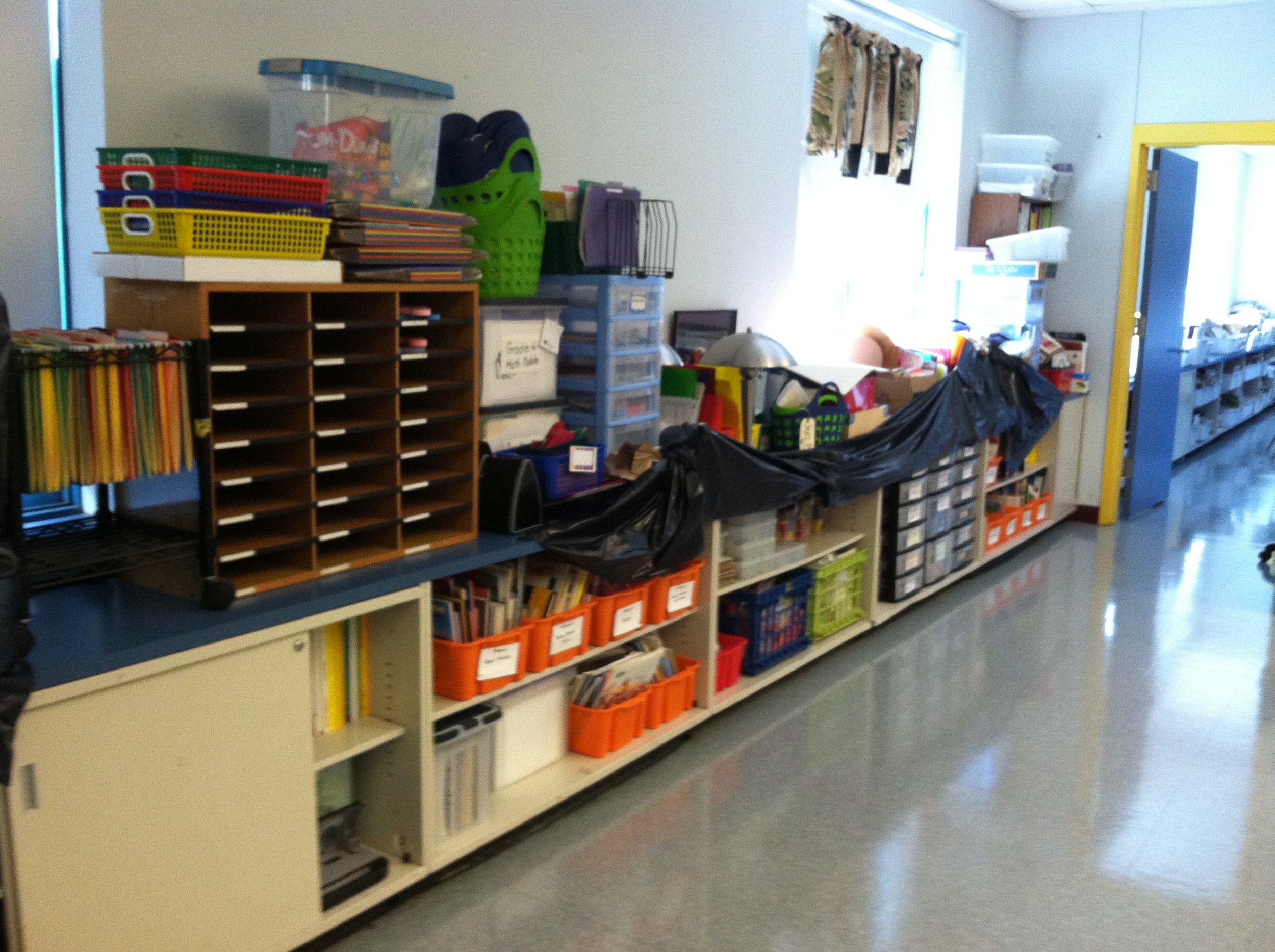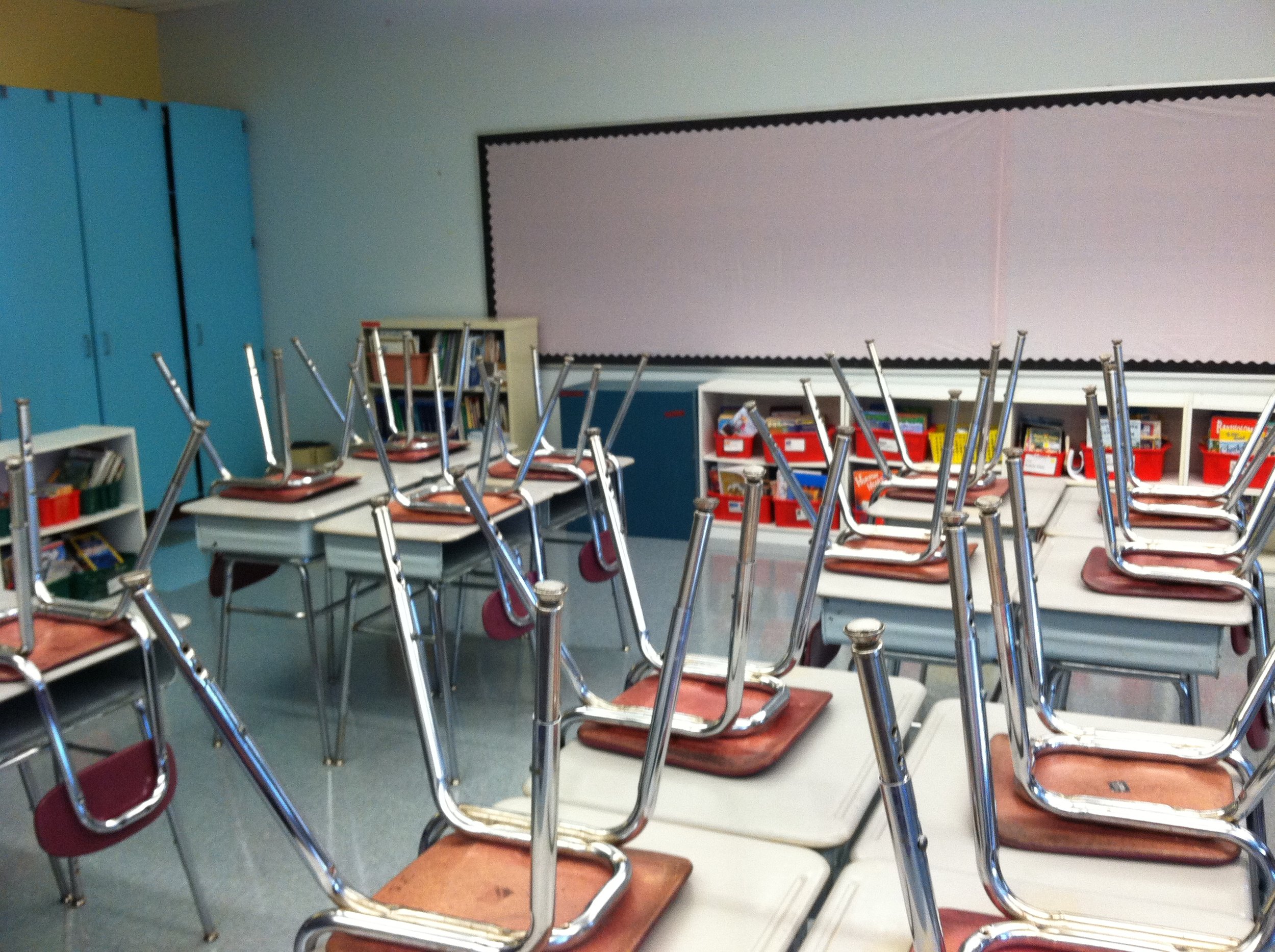What We Have Here Is A Failure to Communicate
This weekend, our grade level was asked to give some feedback on communication, or lack thereof, in our school. As further proof that everything in life can be explained by movies, these lines spoken by Stother Martin in Cool Hand Luke popped into my head immediately:
What we have here is a failure to communicate.
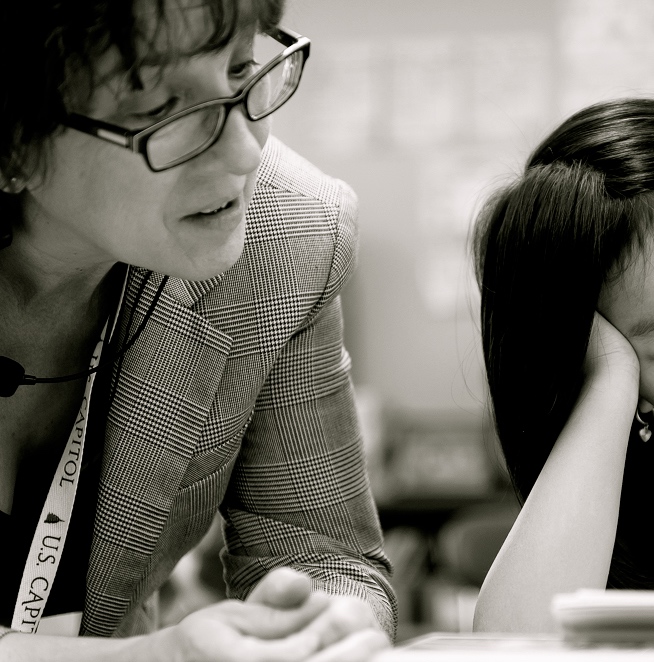 Communication on every level is one thing that makes or breaks a school's culture. I've worked with some really great communicators over the span of 30 years. Here are some things that I've learned are important: Is the message always top-down? Collaborative decision-making can be less expedient. Why are major decisions and messages always delivered by administrators? Is it for expediency of delivering a consistent message or is it because it's easier to just make the decision at the top?Group decision making takes extra time and effort because the group having the discussion must hear all the points of view and then negotiate the final message. I believe that a healthy debate of topics is a sign of a group/team that respects each other. We teach our students accountable talk, why is it so impossible for adults to practice the same talk moves? We need to stop the "pants-on-fire" method of decision making and allow vertically grouped staff to have discussions and make decisions that may not please everyone, but will allow all voices a time to be heard.Is the reasoning known? One of my relatives gave my son and husband each shirts many years ago. Matt's said "But why?" and Adrien's "Because I said so."For administrators and leaders, it must be much more expedient to say "this is the way it's going to go", end of story. But "because I said so" is a sign of the micro-management that signals a death knell for collaborative cultures. It dis-empowers (is that even a word?) those who are doing the actual teaching. It squashes any chance of finding a creative solution to a "problem", whether the problem is big or small. And it takes the voice away for the ones who are going to do the task. Sometimes those of us on the ground floor can see a problem that those with a wider view cannot.Is it timely? Last minute changes happen, everyone understands that. But a constant stream of last minute important information is not only frustrating, it makes people (me) resentful. As good as they are subs and paraprofessionals cannot deliver instruction the way a teacher can; teaching today and teaching with the Common Core standards is more complicated than "open your book to page 109". Plans that are rewritten or simply rehashed on the fly are mostly a waste of time for students.I want to know how long someone has been sitting on the information. This week I got a notice for a special education meeting on Friday - the day of the meeting. I got an email about it on Thursday. There was no time to prepare data for the meeting. How professional does that appear?What does success look like? In contrast, this week our Literacy Coach took time during Common Planning to step my grade level through all the (known) events upcoming for the last 6 weeks of school. While it makes my head spin, I appreciated how she communicated what was expected to be accomplished by year-end and now can approach planning more thoughtfully. She also willingly adjusted some dates to accommodate year-end events our grade level wanted. Collaborative? Check. Timely? Check. Reasoning explained? Check. Now that's successful communication.
Communication on every level is one thing that makes or breaks a school's culture. I've worked with some really great communicators over the span of 30 years. Here are some things that I've learned are important: Is the message always top-down? Collaborative decision-making can be less expedient. Why are major decisions and messages always delivered by administrators? Is it for expediency of delivering a consistent message or is it because it's easier to just make the decision at the top?Group decision making takes extra time and effort because the group having the discussion must hear all the points of view and then negotiate the final message. I believe that a healthy debate of topics is a sign of a group/team that respects each other. We teach our students accountable talk, why is it so impossible for adults to practice the same talk moves? We need to stop the "pants-on-fire" method of decision making and allow vertically grouped staff to have discussions and make decisions that may not please everyone, but will allow all voices a time to be heard.Is the reasoning known? One of my relatives gave my son and husband each shirts many years ago. Matt's said "But why?" and Adrien's "Because I said so."For administrators and leaders, it must be much more expedient to say "this is the way it's going to go", end of story. But "because I said so" is a sign of the micro-management that signals a death knell for collaborative cultures. It dis-empowers (is that even a word?) those who are doing the actual teaching. It squashes any chance of finding a creative solution to a "problem", whether the problem is big or small. And it takes the voice away for the ones who are going to do the task. Sometimes those of us on the ground floor can see a problem that those with a wider view cannot.Is it timely? Last minute changes happen, everyone understands that. But a constant stream of last minute important information is not only frustrating, it makes people (me) resentful. As good as they are subs and paraprofessionals cannot deliver instruction the way a teacher can; teaching today and teaching with the Common Core standards is more complicated than "open your book to page 109". Plans that are rewritten or simply rehashed on the fly are mostly a waste of time for students.I want to know how long someone has been sitting on the information. This week I got a notice for a special education meeting on Friday - the day of the meeting. I got an email about it on Thursday. There was no time to prepare data for the meeting. How professional does that appear?What does success look like? In contrast, this week our Literacy Coach took time during Common Planning to step my grade level through all the (known) events upcoming for the last 6 weeks of school. While it makes my head spin, I appreciated how she communicated what was expected to be accomplished by year-end and now can approach planning more thoughtfully. She also willingly adjusted some dates to accommodate year-end events our grade level wanted. Collaborative? Check. Timely? Check. Reasoning explained? Check. Now that's successful communication.
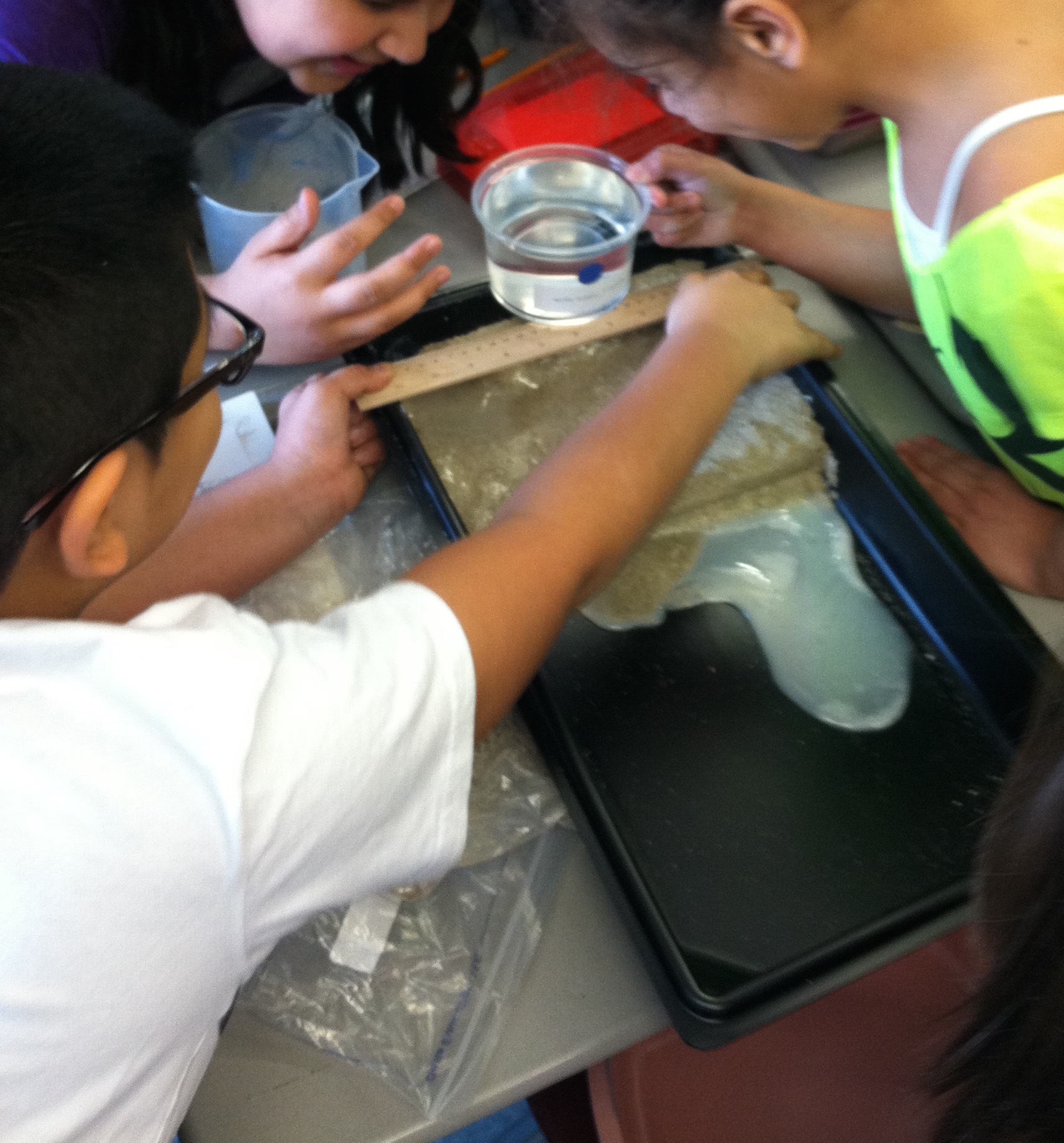
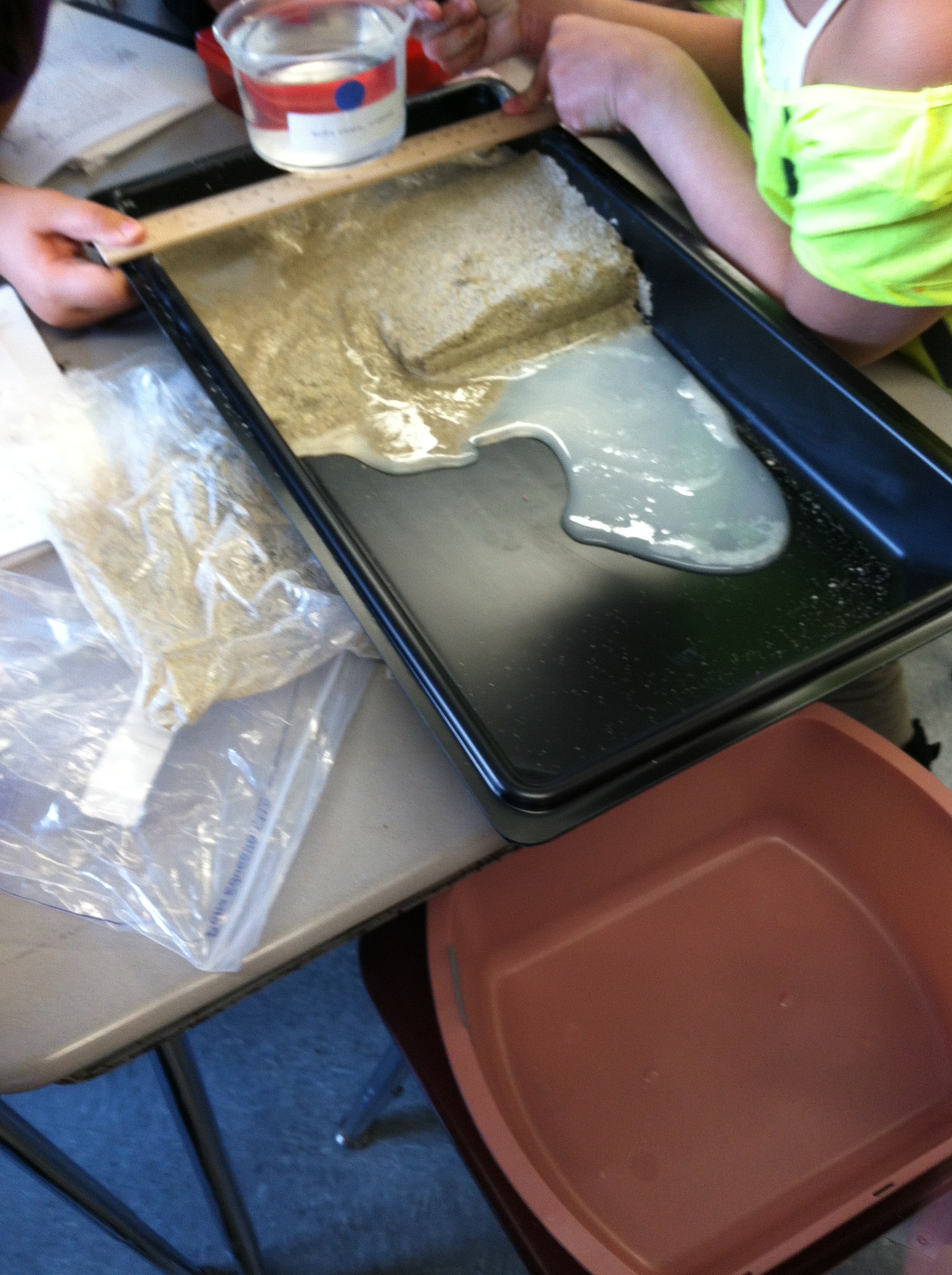 Why does school need to be so full of drudgery and test preparation and sticking to artificial schedules that do not reflect developmental learning? Ten year olds need to be filled with the excitement of discovering something new, of making sense of something; they need to learn to love learning. And if that something is science (or math, or reading or writing), then that's where we will be going.Learning should be happiness.
Why does school need to be so full of drudgery and test preparation and sticking to artificial schedules that do not reflect developmental learning? Ten year olds need to be filled with the excitement of discovering something new, of making sense of something; they need to learn to love learning. And if that something is science (or math, or reading or writing), then that's where we will be going.Learning should be happiness.